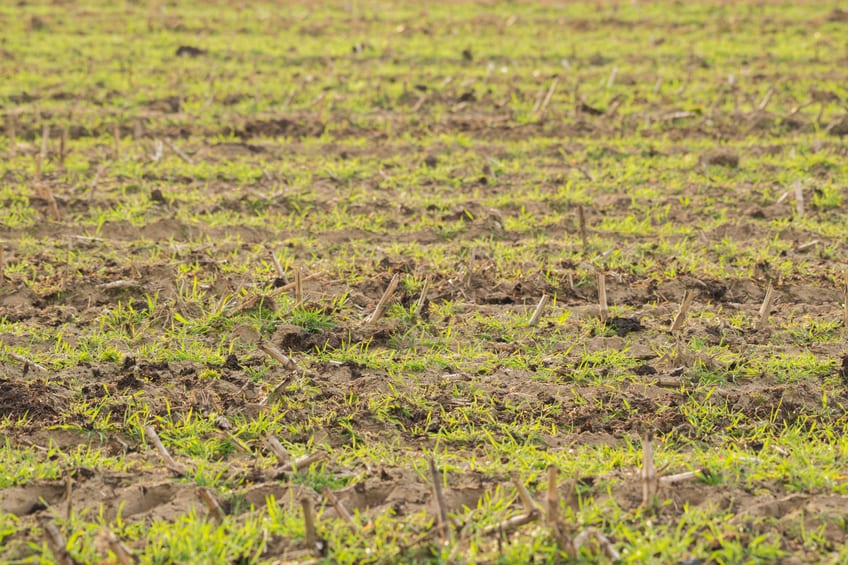Controlling and reducing soil degradation is a matter of raising awareness of the issue and encouraging innovative approaches in land management techniques.
Soil degradation is a growing problem throughout the world, and an important topic for our times as it affects the food we eat every day. In fact, in August, the White House Office of Science and Technology Policy (OSTP) “ … announced a nationwide call to action to address soil degradation and erosion … .” This is part of the White House’s nationwide effort that is similar to other initiatives from around the world to improve the health of soil, a resource of utmost importance for producing enough food and fuel to feed the entire global population.
What exactly is soil degradation?
Soil degradation is a decline in soil quality due to misuse, usually from agricultural, pastoral, industrial or urban purposes.
Soil erosion is a part of soil degradation. Soil erosion specifically refers to the loss of top soil and soil nutrients. It can occur naturally, through wind and water activity, but human activity such as deforestation and poor land management practices can contribute to the problem.
What causes this to happen?
Soil and land degradation are interrelated issues and often come up in the same context. Just as soil erosion is a component of soil degradation, soil degradation is a component of land degradation.
Land degradation is a broader term referring to the decline of the entire ecosystem’s ability to provide goods and services. It can be caused by natural hazards, mismanagement of land as well as unsuitable land use.
What are the consequences of soil degradation?
- The Natural Resources Conservation Service estimates the world is losing 75 billion tons of soil a year annually.
- The World Wildlife Fund estimates half the world’s topsoil has been lost in the last 150 years.
- The UN estimates 12 million hectares of land are lost to drought and desertification each year, a potential loss of 20 million tons of grain. (A hectare is 10,000 square meters.)
- The UN predicts land and soil degradation will reduce food production of the next 25 years by 12 percent, likely leading to a 30 percent rise in food prices.
- The ELD (Economics of Land Degradation) estimates land degradation, including soil degradation, costs the world economy $40 billion annually.
Without proper attention to the causes of soil degradation, the negative impact will continue, and likely worsen, affecting the world’s quality of life and our ability to provide food.
How do we stop soil degradation?
The effects of soil degradation can often be mitigated, prevented and even reversed through the use of sustainable farming techniques and better land management practices. As erosion is a primary concern with soil degradation, there are a variety of ways to control the erosion effects of wind and water. Here are a few to note:
- Wind breaks
Artificial and natural windbreaks, such as shrubs, reduce the erosion effects of wind. Plants also have the added benefit of “anchoring” the soil, reducing the effects of erosion from water. - Terracing
Terracing of slopes reduces the effects of water runoff and helps conserve rain water. - Strip farming
Alternating strips of different types of crops helps reduce the effects of erosion. - Crop rotation
Crop rotation is the planting of different crops in the same field in a specific order; monoculture is the planting of the same crop. Crop rotation has been shown to increase the nutrients of the soil, as well as reduce pests and crop disease.
Continued soil degradation directly impacts the environment and our ability to feed a growing global population. At the least, it undermines the ability to use land optimally, and at its worst, it can lead to desertification, rendering land unusable.
Controlling and reducing soil degradation is a matter of raising awareness of the issue and encouraging innovative approaches in land management techniques.
